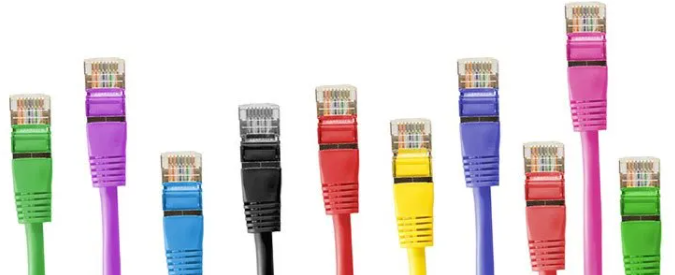Co.
Adresa: Shenyang, Liaoning, China.
Persoana de contact: Manager Zhang
Telefon: 400-964-1314.
Telefon mobil: 86 13904053308
Șef
2025-01-06 994

Fiber Optic LAN Cable: The Future of High-Speed Networking
Fiber optic cables, also known as optical fibers, are communication lines that use thin strands of glass or plastic to transmit data in the form of light signals. These cables consist of an inner core, a cladding, and an outer protective layer, ensuring efficient and stable data transmission. Unlike traditional copper cables, Cablu de fibră opticăs leverage the principle of total internal reflection to guide light signals along the core without significant loss over long distances.
High Bandwidth and Speed:
Www.Reclamăcable.cn
Fiber optic cables offer immense bandwidth, supporting data transmission rates far exceeding those of copper cables.
This high speed is ideal for modern applications like high-definition video streaming, online gaming, and large file transfers.
Long-Distance Transmission:
With minimal signal attenuation, Cablu de fibră opticăs can transmit data over long distances without the need for repeaters or amplifiers.
This makes them perfect for large LAN installations or campus networks.
Immunity to Electromagnetic Interference (EMI):
Fiber optic cables are not susceptible to electromagnetic interference, ensuring a stable and secure signal.Www.Reclamăcable.cn
This is particularly important in environments with high levels of electrical noise, such as industrial settings or near power lines.
Smaller Size and Lightweight:
Fiber optic cables are significantly smaller and lighter than copper cables, making them easier to install and manage.
They also take up less space in cable trays and conduits.
Improved Security:
The optical signals in Cablu de fibră opticăs are difficult to tap or intercept, providing an additional layer of security for sensitive data.
Rețele de întreprinderi:
Fiber optic cables are ideal for backbone connections in enterprise networks, connecting different departments or buildings within a campus.
They also support high-density data centers, ensuring fast and reliable data exchange between servers and storage devices.
Campus Networks:Www.Reclamăcable.cn
In educational institutions, Cablu de fibră opticăs enable high-speed internet access and seamless communication between classrooms, libraries, and administrative buildings.
Automatizare industrială:
In industrial settings, Cablu de fibră opticăs provide robust and reliable communication for automation systems, sensors, and monitoring equipment.
Healthcare Facilities:
Hospitals and healthcare centers benefit from Cablu de fibră opticăs for high-speed data transfer in medical imaging systems, patient records, and telemedicine applications.
Smart Cities and IoT:
Fiber optic cables play a crucial role in smart city infrastructures, supporting IoT devices, surveillance systems, and smart transportation networks.
Fiber optic LAN cables are revolutionizing the way we connect and communicate in the digital age. Their high bandwidth, long-distance transmission capabilities, immunity to EMI, and small size make them the ideal choice for modern networks. As technology continues to advance, Cablu de fibră opticăs will become even Mai multe integral to our daily lives, enabling faster, Mai multe secure, and Mai multe reliable network connections.
Fiber optic LAN cable, high-speed networking, bandwidth, electromagnetic interference (EMI), enterprise networks, campus networks, industrial automation, healthcare facilities, smart cities, IoT.